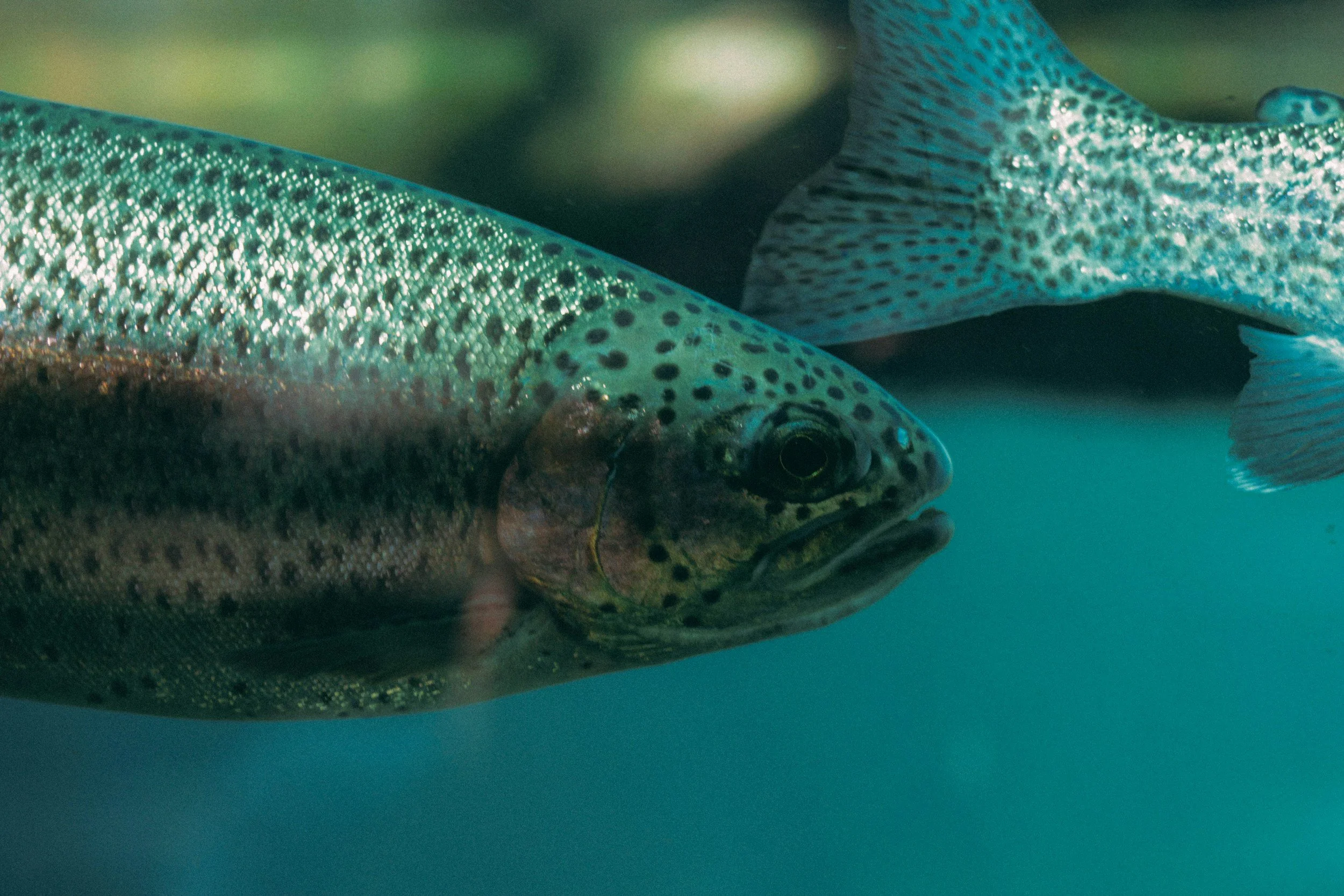OUR PROJECTS
Explore a range of collaborative projects led by our team in partnership with agencies like Fisheries and Oceans Canada (DFO) and the Ontario Ministry of Natural Resources (OMNR). From early career research initiatives to established investigator projects, these research efforts reflect our shared commitment to advancing ecosystem science and informing resource management in the Great Lakes basin.








